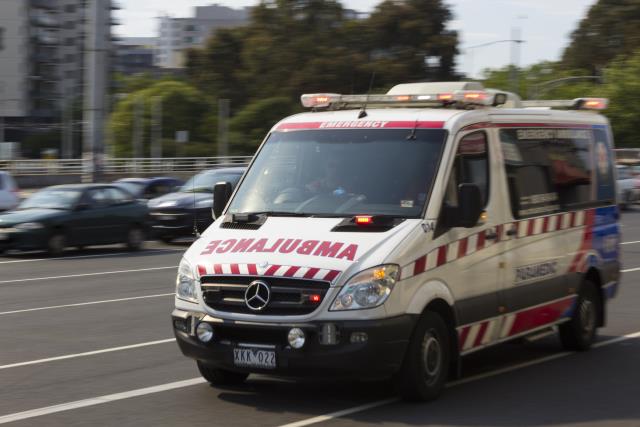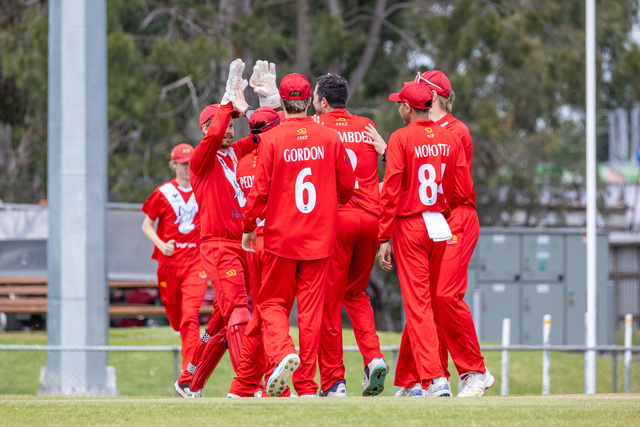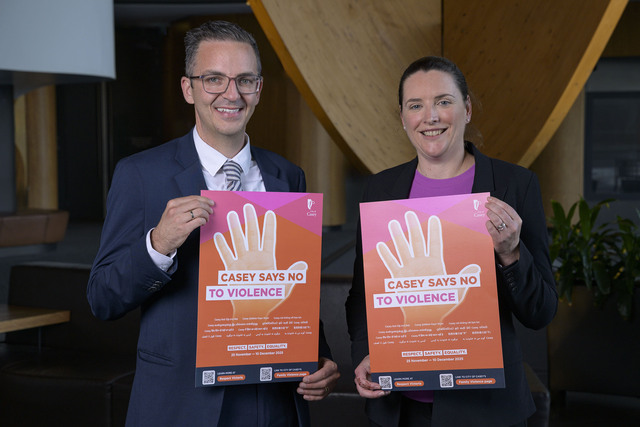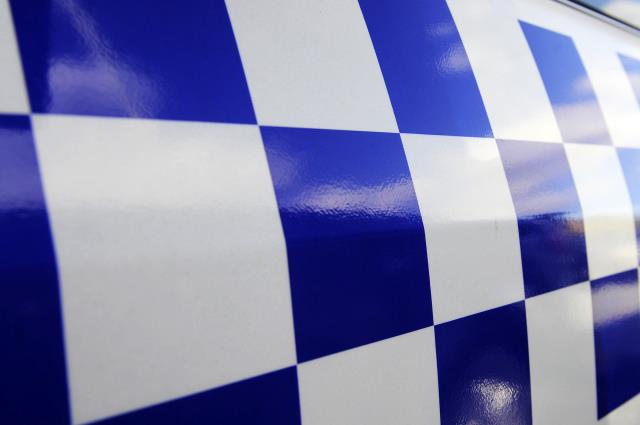Casey residents waited longer for ambulances this winter, as new figures show response times worsening across thousands of life-threatening callouts during the state’s busiest first quarter on record.
According to Ambulance Victoria (AV)’s latest performance data for Q1 2025–26 (July–September 2025), paramedics responded to 61.7 per cent of life-threatening Code 1 emergencies within 15 minutes in Casey, down from 63.4 per cent in the same period last year.
Ambulance Victoria’s statewide target is to reach 85 per cent of Code 1 emergencies within 15 minutes.
Average response times in Casey also slipped, rising from 15 minutes and 16 seconds a year ago to 15 minutes and 57 seconds this quarter.
The previous quarter’s figure was 15 minutes and 37 seconds.
Casey recorded 5,441 Code 1 emergencies in the latest quarter, up 4 per cent from 5,234 in Q1 last year and up 9 per cent from 4,983 in Q4, making it Victoria’s busiest ambulance region.
Casey was the busiest in the state, making up 5.35 per cent of the total workload.
AV Executive Director Regional Operations Michael Georgiou said the July–September period was the busiest first quarter ever recorded, with 101,632 Code 1 cases across the state in just three months.
He said demand for ‘lights and sirens’ ambulances across Victoria increased by 2.8 per cent compared with the previous quarter.
“Winter consistently brings the highest emergency call volumes, and this year was no exception,” he said.
“This was another challenging winter – the entire health system was extremely busy with seasonal illness. We are incredibly proud of our highly skilled paramedics and first responders for the exceptional care they provide their communities – all day, every day.
“Despite this record demand, we continue to lead the way in pre-hospital patient care, including the best cardiac arrest survival rates in Australia and the third best anywhere in the world.”
Code 2 cases, urgent but not life-threatening, also took longer to reach in Casey.
Average response time for Code 2 callouts increased to 44 minutes and 31 seconds, compared with 41 minutes and 15 seconds a year earlier and 41 minutes and 34 seconds in the previous quarter.
The total number of first responses for Code 2 remained largely steady, recording 2,180 cases in the latest quarter.
Statewide, during the July to September quarter, AV crews responded to 64.1 per cent of Code 1 cases within the state-wide target of 15 minutes.
The state-wide average response time to Code 1 emergencies was 15 minutes and 46 seconds.
In the Metropolitan Region, crews responded to 71,140 Code 1 cases between July and September 2025, which is 1.69 per cent more than a year ago (69,959) and 2.7 per cent more than three months ago (69,275).
Metropolitan Regional Director Jessica McGowan urged residents to use alternative care pathways when appropriate, warning that unnecessary Triple Zero (000) calls divert ambulances from the sickest patients.
“Our paramedics are focused on reaching the sickest patients first — but every day, about one in five calls to Triple Zero (000) do not need an emergency ambulance response,” Ms McGowan said.
“Getting the right care fast can make all the difference and means more paramedics are on the road for people who need our urgent lifesaving care the most.
“There are many options people can access when they need timely medical care and health advice, at any time of the night or day – but not an emergency ambulance or calling Triple Zero (000), including the Victorian Virtual Emergency Department (VVED), Urgent Care Clinics, Nurse-on-Call, GPs and pharmacists.”







